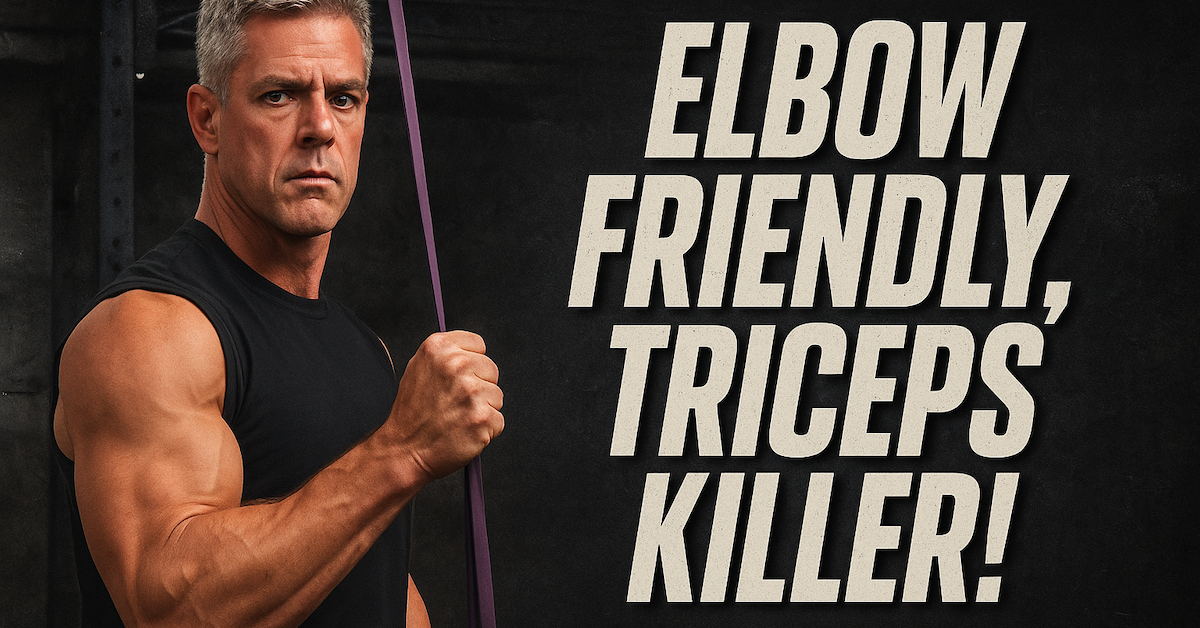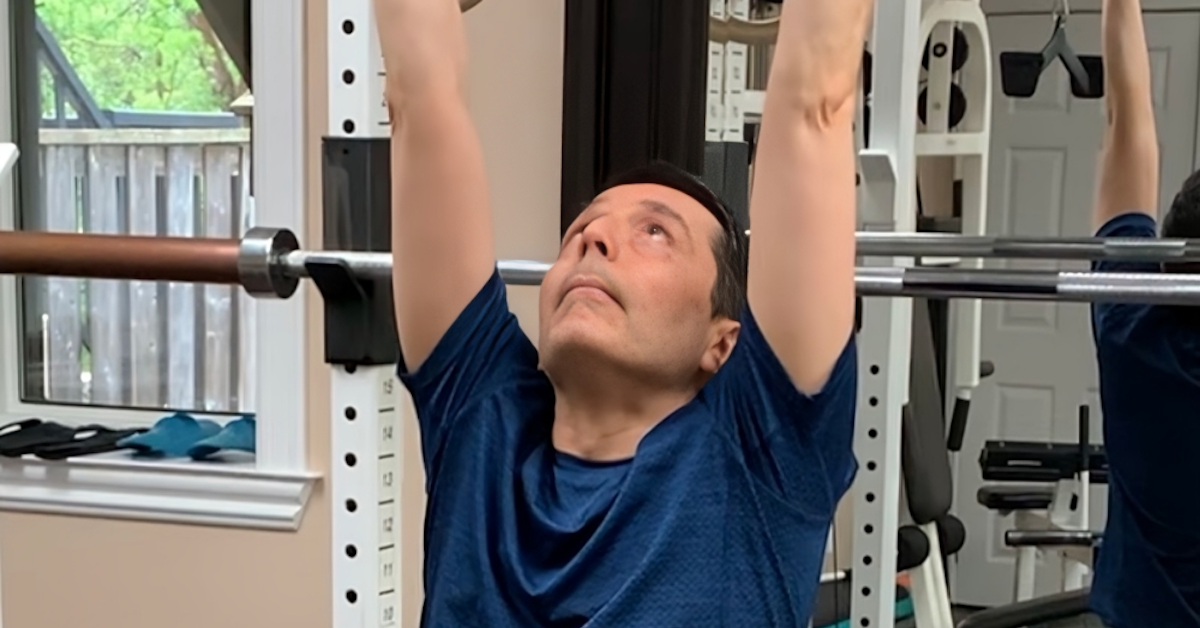Back in the mid-1950s, Dr. Arthur Steindler introduced the concepts of open kinetic chain (OKC) and closed kinetic chain (CKC) movements. In simple terms, an OKC movement occurs when the terminal segment (the end of the limb) is free to move in space, while a CKC movement happens when the terminal segment is fixed against an immovable object or surface.
Think of a leg extension versus a squat. It’s easy to see which one is an OKC movement and which one is a CKC movement, but what about a leg press? Some say it’s OKC, others argue it’s CKC. Rather than debate, here’s a more practical way to define them: in an OKC movement, you move an object around your body, while in a CKC movement, you move your body around an object or a fixed surface. By this definition, a lat pulldown is OKC, whereas a pull-up is CKC.
Moving your body through space is far more neurologically demanding than moving an external load. Core stability plays a bigger role, since you’re not supported by a bench or seat, and you’re lifting more of your own body weight. Because of this, strength gained from CKC movements tends to transfer to their OKC counterparts—but not the other way around.
Take the average 200-pound male lifter who can easily rep out on prone leg curls with 100+ pounds. Now, ask him to do full-range reps on the Nordic hamstring curl with just his body weight, and he’ll struggle. Most lifters can only handle about 50% of their body weight on a Nordic curl, and that’s if they don’t collapse halfway down. This is why the prone leg curl (OKC) won’t transfer to the Nordic hamstring curl (CKC), but getting stronger at the latter will improve the former.
A great way to build strength in the Nordic hamstring curl is by using accommodating assistance from a lat pulldown machine—but with a twist. Here’s how:
- Kneel on the seat facing away from the machine and secure the back of your ankles against the knee support.
- Instead of using the high cable for assistance, loop a resistance band around the machine frame or thread it through the high pulley attachment ring (secure the weight stack with the pin in the heaviest plate).
- Grip the band and perform the exercise as you normally would, using the band for assistance as you lower yourself.
- The deeper you go, the more assistance the band provides, making this once-impossible movement much more manageable.
Watch the demonstration below:
If you have a SITFIT cushion, kneel on it for extra comfort and stability. It helps with weight shifting and prevents sliding down the seat.
Give this method a shot—you’ll feel it in your hamstrings the next day!

Standing Band Pressdowns: The Joint-Friendly Triceps Builder
If you want bigger, stronger arms but struggle with elbow pain or can’t seem to get the right triceps activation

Target Your Rear Delts Like Never Before
If you’ve struggled to feel your rear delts working—or to fill in that rear delt gap—this variation of the bent-over

Leo’s Chin-Up Journey (Day 1): From Zero to Hero
Can’t Do a Chin-Up? Neither Could Leo… But That’s About to Change. Leo started training with me back in September.
follow
Error: No feed with the ID 2 found.
Please go to the Instagram Feed settings page to create a feed.
